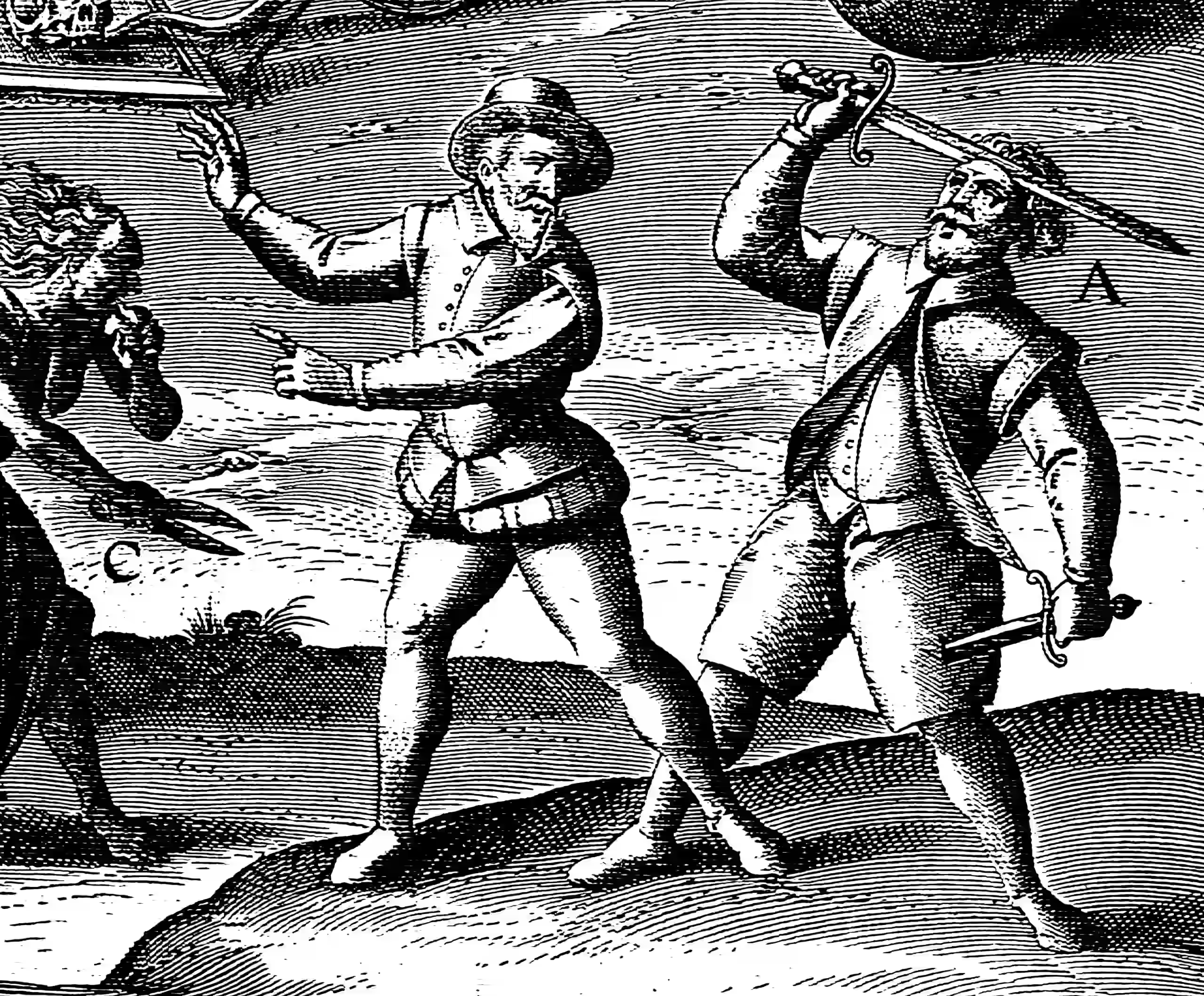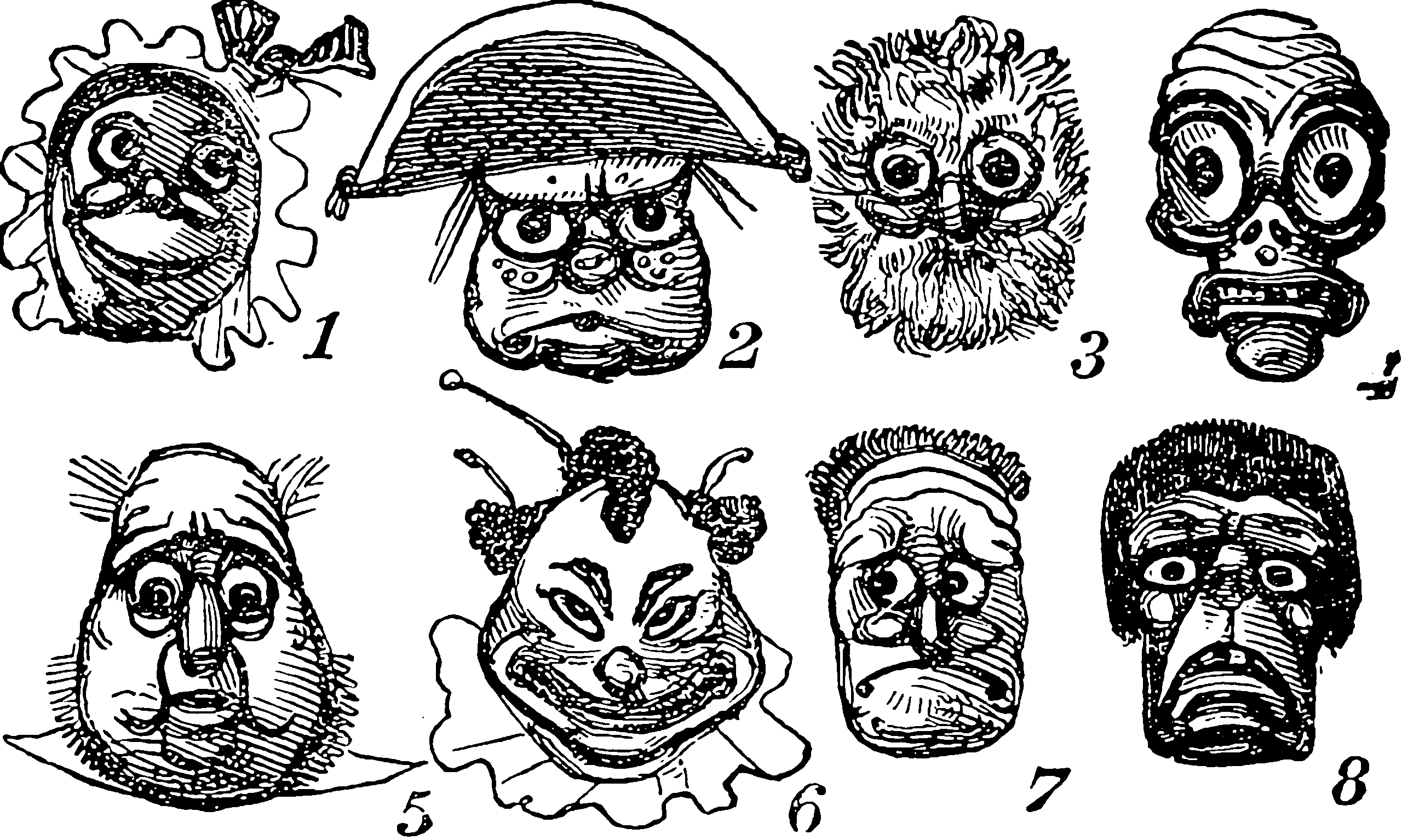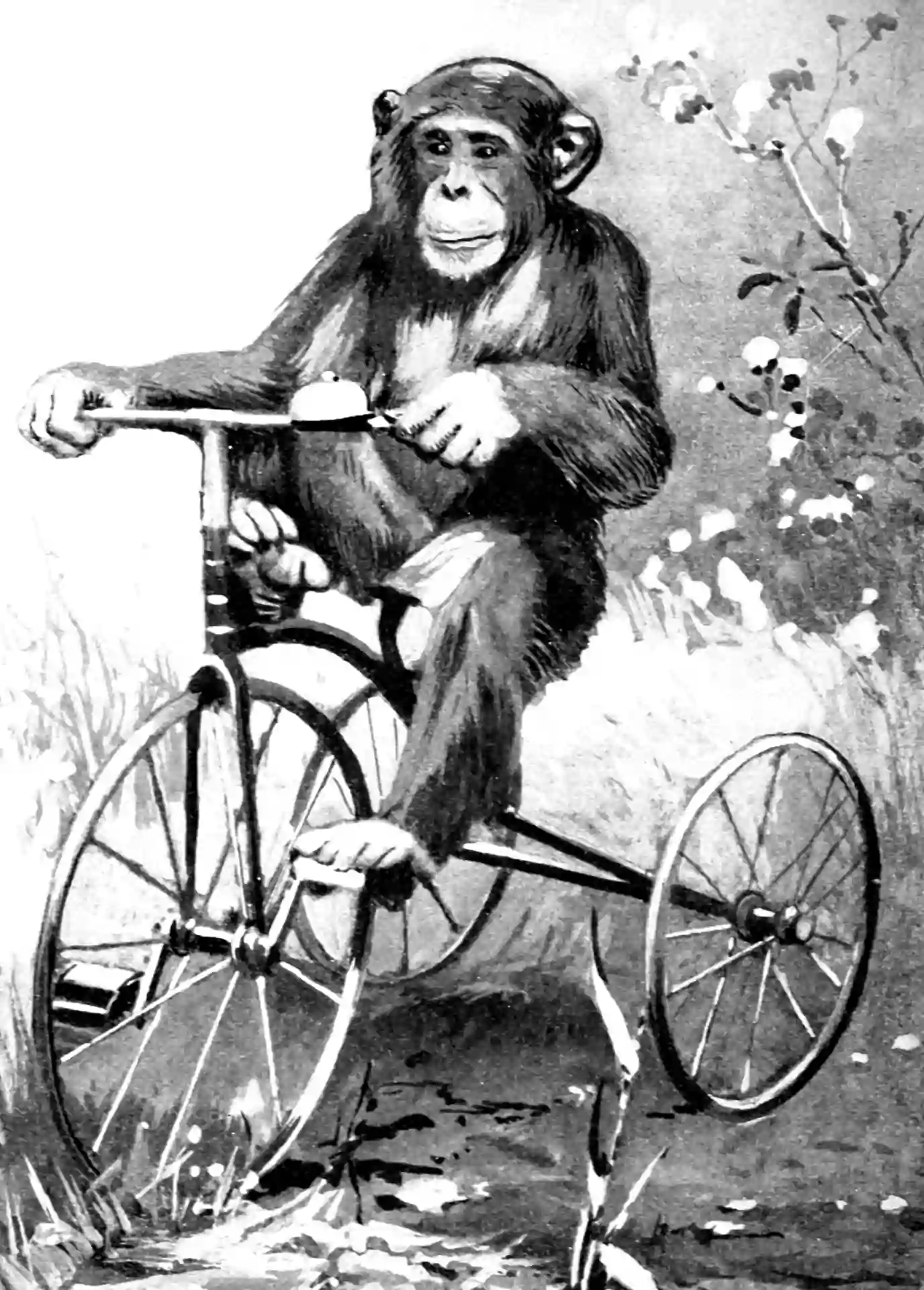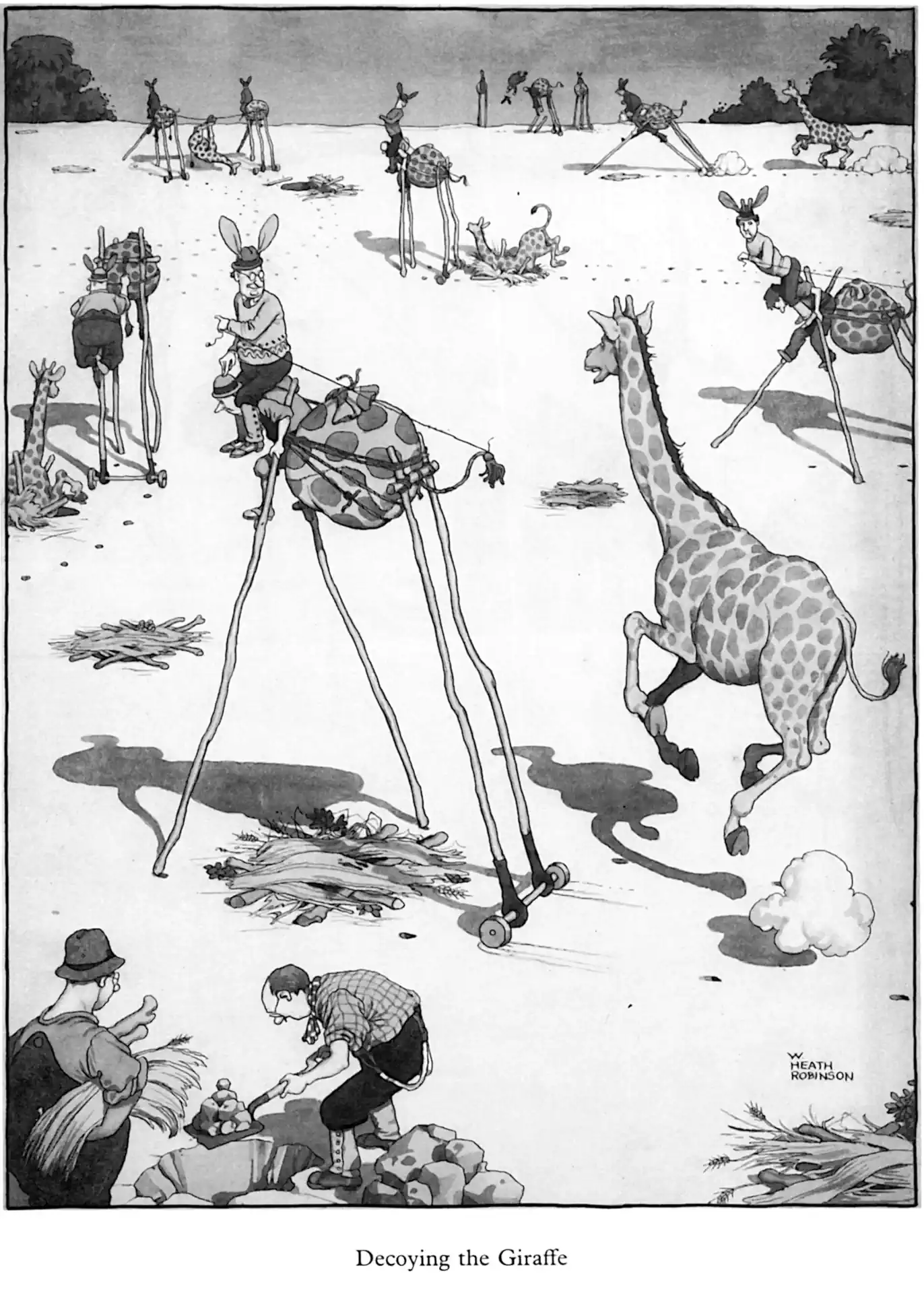Arjovsky, Chintala, and Bottou. 2017.
“Wasserstein Generative Adversarial Networks.” In
International Conference on Machine Learning.
Blaauw, and Bonada. 2017.
“A Neural Parametric Singing Synthesizer.” arXiv:1704.03809 [Cs].
Bora, Jalal, Price, et al. 2017.
“Compressed Sensing Using Generative Models.” In
International Conference on Machine Learning.
Bowman, Vilnis, Vinyals, et al. 2015.
“Generating Sentences from a Continuous Space.” arXiv:1511.06349 [Cs].
Chu, Thuerey, Seidel, et al. 2021.
“Learning Meaningful Controls for Fluids.” ACM Transactions on Graphics.
Donahue, McAuley, and Puckette. 2019.
“Adversarial Audio Synthesis.” In
ICLR 2019.
Dosovitskiy, Springenberg, Tatarchenko, et al. 2014.
“Learning to Generate Chairs, Tables and Cars with Convolutional Networks.” arXiv:1411.5928 [Cs].
Dziugaite, Roy, and Ghahramani. 2015.
“Training Generative Neural Networks via Maximum Mean Discrepancy Optimization.” In
Proceedings of the Thirty-First Conference on Uncertainty in Artificial Intelligence. UAI’15.
Fraccaro, Sø nderby, Paquet, et al. 2016.
“Sequential Neural Models with Stochastic Layers.” In
Advances in Neural Information Processing Systems 29.
Frühstück, Alhashim, and Wonka. 2019.
“TileGAN: Synthesis of Large-Scale Non-Homogeneous Textures.” arXiv:1904.12795 [Cs].
Gal, and Ghahramani. 2015. “On Modern Deep Learning and Variational Inference.” In Advances in Approximate Bayesian Inference Workshop, NIPS.
———. 2016.
“Bayesian Convolutional Neural Networks with Bernoulli Approximate Variational Inference.” In
4th International Conference on Learning Representations (ICLR) Workshop Track.
Goodfellow, Ian, Pouget-Abadie, Mirza, et al. 2014.
“Generative Adversarial Nets.” In
Advances in Neural Information Processing Systems 27. NIPS’14.
Goodfellow, Ian J., Shlens, and Szegedy. 2014.
“Explaining and Harnessing Adversarial Examples.” arXiv:1412.6572 [Cs, Stat].
Gregor, Danihelka, Graves, et al. 2015.
“DRAW: A Recurrent Neural Network For Image Generation.” arXiv:1502.04623 [Cs].
Gulrajani, Ahmed, Arjovsky, et al. 2017.
“Improved Training of Wasserstein GANs.” arXiv:1704.00028 [Cs, Stat].
He, Wang, and Hopcroft. 2016.
“A Powerful Generative Model Using Random Weights for the Deep Image Representation.” In
Advances in Neural Information Processing Systems.
Hinton. 2007.
“Learning Multiple Layers of Representation.” Trends in Cognitive Sciences.
Husain, Nock, and Williamson. 2019.
“A Primal-Dual Link Between GANs and Autoencoders.” In
Advances in Neural Information Processing Systems.
Isola, Zhu, Zhou, et al. 2017.
“Image-to-Image Translation with Conditional Adversarial Networks.” In
2017 IEEE Conference on Computer Vision and Pattern Recognition (CVPR).
Jetchev, Bergmann, and Vollgraf. 2016.
“Texture Synthesis with Spatial Generative Adversarial Networks.” In
Advances in Neural Information Processing Systems 29.
Kidger, Foster, Li, et al. 2021.
“Neural SDEs as Infinite-Dimensional GANs.” In
Proceedings of the 38th International Conference on Machine Learning.
Kodali, Abernethy, Hays, et al. 2017.
“On Convergence and Stability of GANs.” arXiv:1705.07215 [Cs].
Krishnan, Shalit, and Sontag. 2017.
“Structured Inference Networks for Nonlinear State Space Models.” In
Proceedings of the Thirty-First AAAI Conference on Artificial Intelligence.
Kulkarni, Whitney, Kohli, et al. 2015.
“Deep Convolutional Inverse Graphics Network.” arXiv:1503.03167 [Cs].
Lee, Grosse, Ranganath, et al. 2009.
“Convolutional Deep Belief Networks for Scalable Unsupervised Learning of Hierarchical Representations.” In
Proceedings of the 26th Annual International Conference on Machine Learning. ICML ’09.
Li, Chang, Cheng, et al. 2017.
“MMD GAN: Towards Deeper Understanding of Moment Matching Network.” In
Advances in Neural Information Processing Systems 30.
Mirza, and Osindero. 2014.
“Conditional Generative Adversarial Nets.” arXiv:1411.1784 [Cs, Stat].
Mnih, and Gregor. 2014.
“Neural Variational Inference and Learning in Belief Networks.” In
Proceedings of The 31st International Conference on Machine Learning. ICML’14.
Mohamed, Dahl, and Hinton. 2012.
“Acoustic Modeling Using Deep Belief Networks.” IEEE Transactions on Audio, Speech, and Language Processing.
Panaretos, and Zemel. 2019.
“Statistical Aspects of Wasserstein Distances.” Annual Review of Statistics and Its Application.
Poole, Alemi, Sohl-Dickstein, et al. 2016.
“Improved Generator Objectives for GANs.” In
Advances in Neural Information Processing Systems 29.
Qin, Wu, Springenberg, et al. 2020.
“Training Generative Adversarial Networks by Solving Ordinary Differential Equations.” In
Advances in Neural Information Processing Systems.
Salakhutdinov. 2015.
“Learning Deep Generative Models.” Annual Review of Statistics and Its Application.
Salimans, Goodfellow, Zaremba, et al. 2016.
“Improved Techniques for Training GANs.” In
Proceedings of the 30th International Conference on Neural Information Processing Systems. NIPS’16.
Theis, and Bethge. 2015.
“Generative Image Modeling Using Spatial LSTMs.” arXiv:1506.03478 [Cs, Stat].
Tran, Hoffman, Saurous, et al. 2017.
“Deep Probabilistic Programming.” In
ICLR.
van den Oord, Kalchbrenner, and Kavukcuoglu. 2016.
“Pixel Recurrent Neural Networks.” arXiv:1601.06759 [Cs].
Wang, Hu, and Lu. 2019.
“A Solvable High-Dimensional Model of GAN.” arXiv:1805.08349 [Cond-Mat, Stat].
Wu, Rosca, and Lillicrap. 2019.
“Deep Compressed Sensing.” In
International Conference on Machine Learning.
Yang, Li-Chia, Chou, and Yang. 2017.
“MidiNet: A Convolutional Generative Adversarial Network for Symbolic-Domain Music Generation.” In
Proceedings of the 18th International Society for Music Information Retrieval Conference (ISMIR’2017), Suzhou, China.
Zeng, Bryngelson, and Schäfer. 2022.
“Competitive Physics Informed Networks.”
Zhu, B., Jiao, and Tse. 2020.
“Deconstructing Generative Adversarial Networks.” IEEE Transactions on Information Theory.
Zhu, Jun-Yan, Krähenbühl, Shechtman, et al. 2016.
“Generative Visual Manipulation on the Natural Image Manifold.” In
Proceedings of European Conference on Computer Vision.



